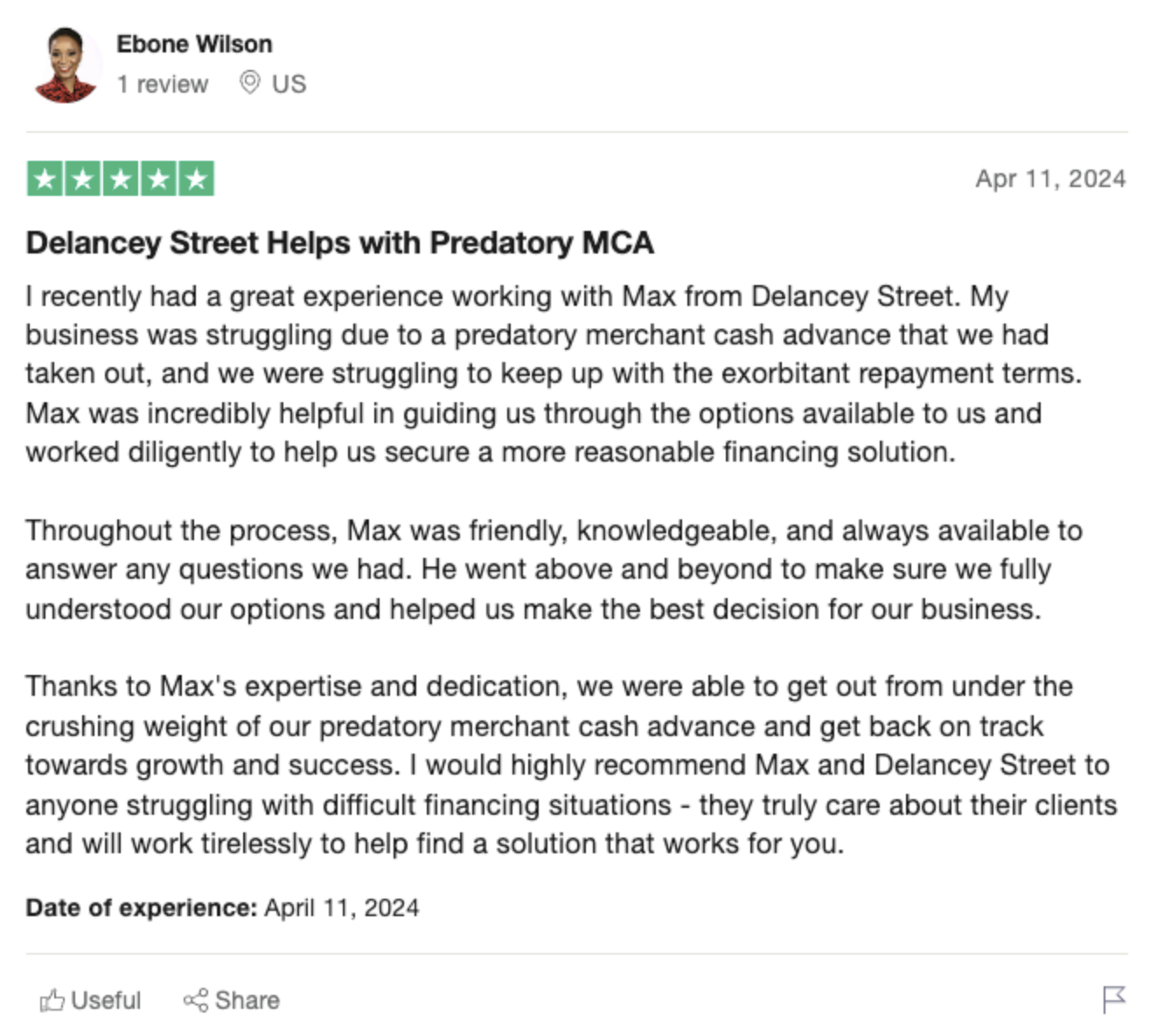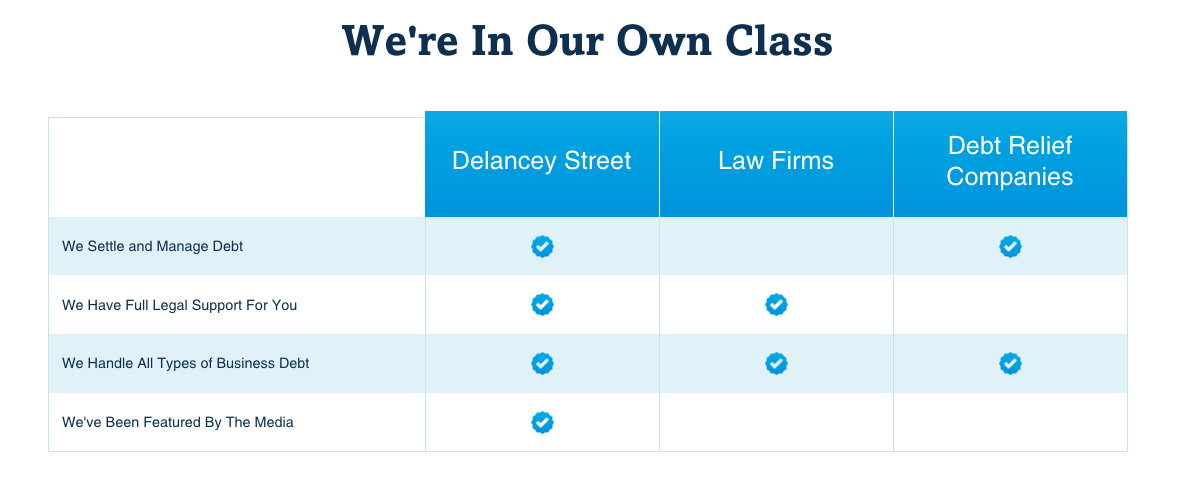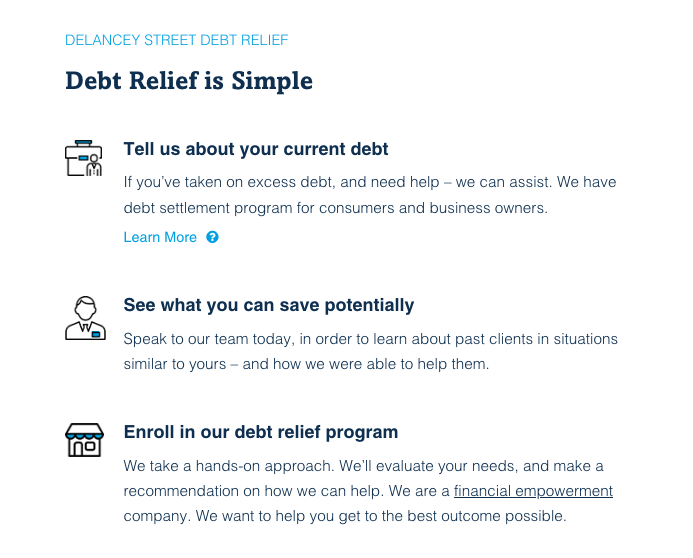In times of economic uncertainty and job loss, understanding your rights and avenues for support becomes paramount. Minnesota unemployment benefits offer a lifeline to residents who find themselves without work, providing critical financial assistance and resources to land new employment. This article dives into the essentials of the Minnesota Unemployment Benefits Program: who qualifies, how to apply, what payments you can expect, and additional support services available to aid your job search.
Overview of Minnesota Unemployment Benefits Program
The Minnesota Unemployment Benefits Program is designed to offer temporary financial assistance to those who have lost their jobs through no fault of their own. Administered by the Minnesota Department of Employment and Economic Development (DEED), this program aims to help residents meet their basic needs while they search for new employment opportunities. It’s not just about financial support; the program also provides access to job training and reskilling programs to elevate your career prospects.
 -
-You may wonder how Minnesota’s unemployment insurance compares to other states. Interestingly, Minnesota has one of the more comprehensive systems in place, complete with built-in support mechanisms and relatively higher benefit amounts. The program is funded through taxes paid by employers into a state unemployment insurance trust fund, ensuring that the burden doesn’t fall on taxpayers directly.
Could it be that the state also considers long-term impacts in administering these benefits? Absolutely. Minnesota employs rigorous economic models and labor statistics to adjust the scope and reach of the benefits, ensuring they are not just sustainable but also responding accurately to the job market’s demands. This results in a robust support network for displaced workers, offering both immediate and long-term solutions.
Given the recent economic fluctuations, Minnesota’s unemployment benefits programs have also been adaptable. Special provisions can be triggered, such as during the COVID-19 pandemic, where additional emergency benefits were provided. Such measures exemplify the state’s commitment to the welfare of its residents, adapting the program’s framework to meet extraordinary circumstances.
Eligibility Criteria for Unemployment Benefits
Eligibility for unemployment benefits isn’t a one-size-fits-all scenario. To qualify, you need to fulfill several key criteria. Firstly, you must be unemployed through no fault of your own, meaning if you were laid off or your role was eliminated, you’d likely be eligible. However, if you were terminated due to misconduct or you voluntarily quit your job without a compelling reason, you might find your application rejected.
 -
-Table: Basic Eligibility Criteria
| Criterion | Details |
|==||
| Unemployment Cause | Must be involuntary and not your fault |
| Work History | Must have sufficient work history |
| Earnings | Must meet minimum earning requirements |
| Availability and Ability to Work | Must be able and available to work |
You must also meet the work history requirements, which generally means you must have worked a certain number of weeks and earned a specific amount of money in the base period, typically the first four out of the last five completed calendar quarters. This ensures that you’ve demonstrated an attachment to the workforce, making your claim for benefits more valid.
Additionally, you need to be able, available, and actively seeking work. This means you should not have restrictions preventing you from taking a full-time job, and you must be actively engaging in job searches. Keep in mind that detailed records of your job search activities are crucial and may be requested at any time during your claim period.
There might be special considerations for those in unique situations, such as seasonal workers, part-time employees, or individuals with irregular work histories. In such cases, Minnesota DEED evaluates claims on a more nuanced basis, often factoring in the specific nature of your previous employment and any extenuating circumstances that might affect your eligibility.
 -
-Application Process for Minnesota Residents
Applying for unemployment benefits in Minnesota is a straightforward process designed to be as accessible as possible. You can complete your application online through the official Minnesota Unemployment Insurance Program website or over the phone. The online application is user-friendly, guiding you step by step to ensure no critical information is missed.
Before you begin, gather all necessary documents. This includes your Social Security number, driver’s license or state ID, employment history for the last 18 months, and details about your most recent employer. Having these ready will streamline your application process and reduce the likelihood of any delays.
When filling out your application, you’ll be asked about the circumstances of your unemployment, your availability for work, and your recent earnings. Be meticulous in providing accurate information. Misinformation or omissions can lead to delays or even disqualification. After submitting, you’ll receive a confirmation and a preliminary determination of your eligibility via mail or email.
 -
-Awaiting the status of your application can be nerve-wracking. However, once approved, you’ll also need to continue certifying your eligibility weekly. This entails logging into your account and submitting your earnings (if any) and job search activities, ensuring you remain compliant with the program’s requirements. Failure to certify weekly can jeopardize your benefits, so diligence is key.
Weekly Benefit Amounts and Payment Details
Understanding the financial specifics of your unemployment benefits is critical. In Minnesota, the weekly benefit amount is calculated based on a percentage of your gross wages during the highest quarter of your base period. Typically, this ranges between 50% to 60% of your average weekly wage, subject to a set minimum and maximum limit determined by the DEED.
Table: Weekly Benefit Ranges
| Description | Details |
|=||
| Minimum Weekly Benefit | Approximately $28 |
| Maximum Weekly Benefit | Up to $740 |
| Calculation Basis | 50-60% of average weekly wage |
For instance, if your weekly wage was $800, your benefit might be around $400 per week, depending on specific calculations and the cap in place. Understanding this makes it easier to budget and manage your finances during this period of transition. Note that any part-time earnings or other income you receive can affect the weekly benefit amount.
Direct deposit is the recommended payment method due to its reliability and speed. Alternatively, you can opt for a U.S. Bank ReliaCard®, a prepaid debit card. However, keep an eye on associated fees if you choose the prepaid card option. Payments are typically made within two business days of your weekly certification, ensuring quick access to your entitled funds.
Special circumstances, such as wage garnishments due to existing debts or overpayment recoveries, can impact the net amount received. Therefore, staying aware of these factors is essential for proper financial planning. Regularly checking your benefits account for updates and maintaining clear records can help avoid unwelcome surprises.
Duration and Extensions of Unemployment Benefits
The standard duration for unemployment benefits in Minnesota ranges from 12 to 26 weeks, depending on your specific employment history and wages. However, during periods of high unemployment, additional extensions may be triggered to provide prolonged support. For example, during economic downturns or crises like the COVID-19 pandemic, federal programs may offer Extended Benefits (EB) or other emergency assistance.
For many, 26 weeks might sound adequate, but real-life variables such as industry-specific downturns or personal constraints can prolong your job search. Thus, understanding the nuances of benefit extensions becomes paramount. These periods aim to bridge the gap until economic conditions improve or job seekers find suitable employment.
Temporary Emergency Unemployment Compensation (TEUC) and Pandemic Emergency Unemployment Compensation (PEUC) are examples of federal interventions for state benefit extensions. If you exhaust your regular benefits, you might be automatically enrolled in these extensions, but staying updated via DEED’s communication channels ensures you don’t miss critical information.
Table: Benefit Extensions
| Extension Type | Max Duration |
|==||
| Extended Benefits (EB) | Additional 13-20 weeks |
| Pandemic Emergency UC (PEUC) | Up to 53 additional weeks |
| Temporary Emergency UC (TEUC)| Varies with federal guidelines |
Innovative programs and pilot projects could further extend benefits, responding to the unique challenges of the current job market. These might include sector-specific retraining programs or initiatives directed towards emerging industries, offering extended financial support coupled with reskilling opportunities. Always keeping abreast of these potential extensions can significantly benefit long-term unemployed individuals.
Resources and Support Services for Job Seekers
Navigating unemployment is more than just financial survival; it’s about rebuilding your career and finding new opportunities. Minnesota provides a wealth of resources and support services to assist job seekers. The MinnesotaWorks.net job bank, for example, is a comprehensive platform connecting employers with potential employees, serving as a vital tool in your job search arsenal.
Beyond job postings, the Minnesota CareerForce centers offer personalized support. You can access resume writing workshops, interview preparation sessions, and career counseling services. These centers are staffed with professionals ready to offer tailored advice and support, guiding you through the complexities of the job market.
Table: Key Job Seeker Support Services
| Service | Details |
|=||
| MinnesotaWorks.net | Job bank connecting job seekers with employers |
| CareerForce Centers | Career counseling and workshops |
| Education and Training Programs| Skills enhancement and certifications |
Minnesota also invests significantly in retraining programs, collaborating with educational institutions and industry experts to offer certifications and training that match current market demands. Whether you’re looking to switch careers or upskill within your existing field, these programs can be a gateway to more substantial employment opportunities.
Lastly, networking events, both virtual and in-person, are frequently organized to foster connections between job seekers and industry leaders. While applying online is effective, personal connections can often lead to better opportunities. Engaging in these events can provide insights, mentorship, and sometimes, direct job offers. Utilizing these resources transforms your period of unemployment into an opportunity for professional growth and a springboard to your next career move.
Navigating the complexities of unemployment can be daunting, but the Minnesota Unemployment Benefits Program offers a structured approach to ensuring you receive the support you need. By understanding the eligibility criteria, following the correct application procedures, and connecting with the abundant resources available, you can make the most of this temporary setback. Stay informed and proactive, leveraging the financial support and job-seeker services to turn a challenging situation into an opportunity for new beginnings. Keep this guide handy as you navigate through this transition, and remember, the state’s resources are here to assist you every step of the way.







